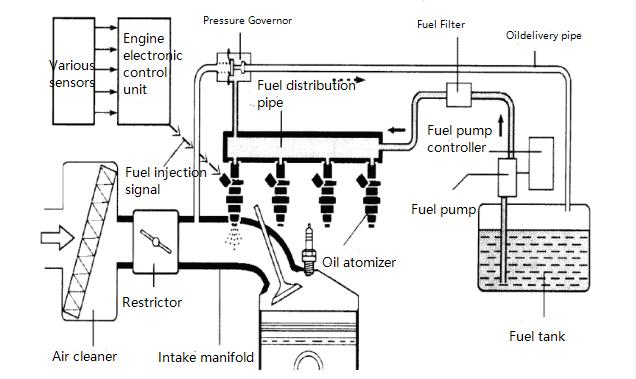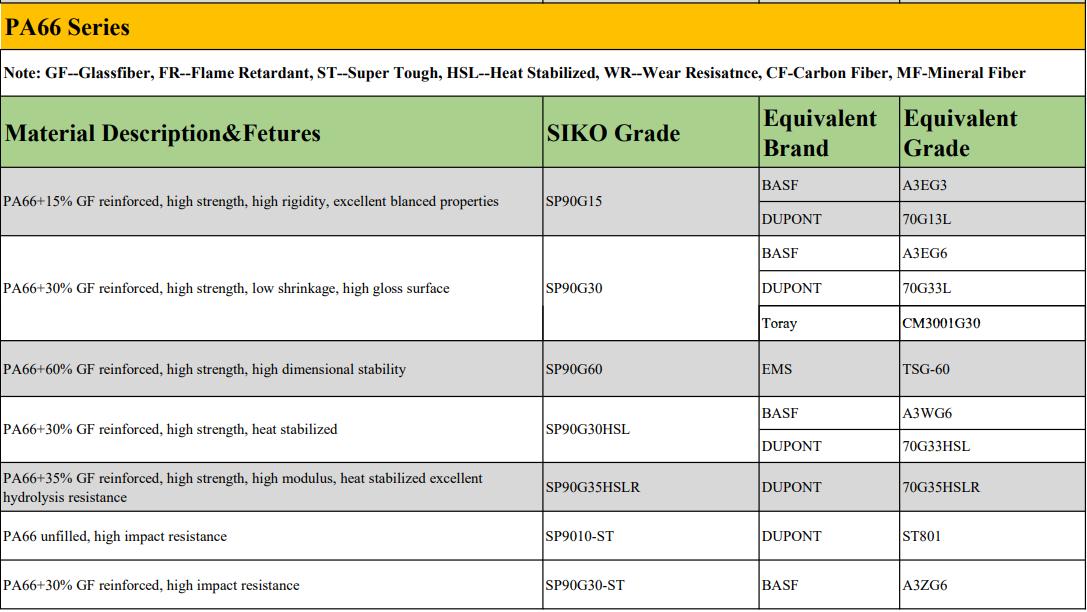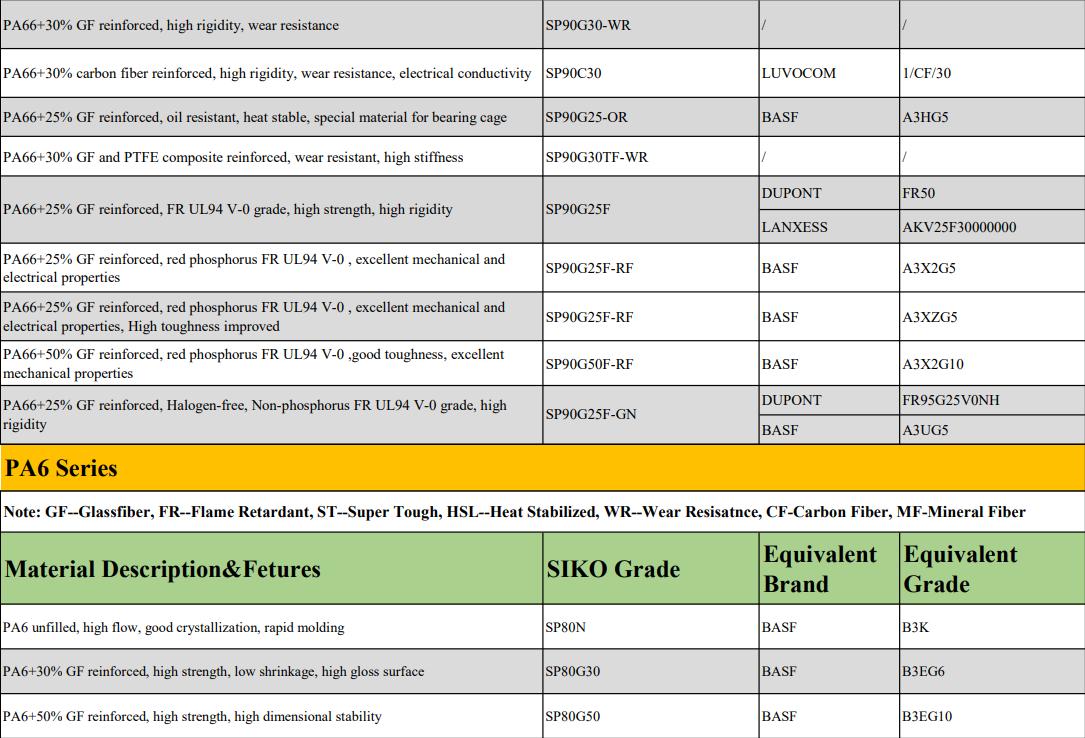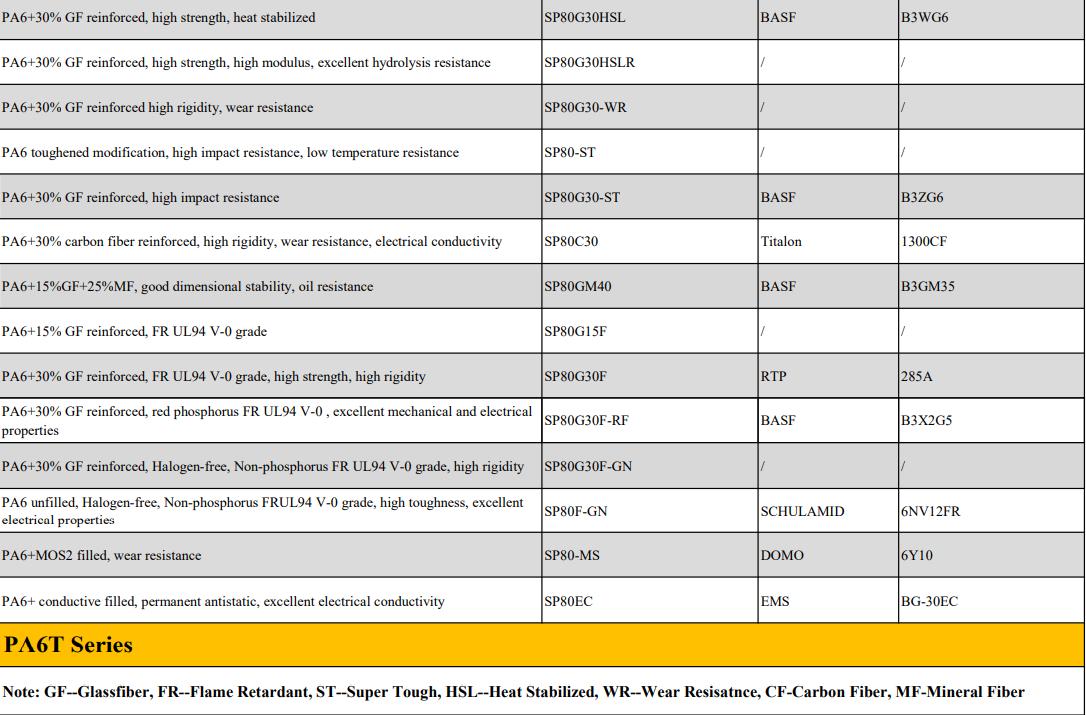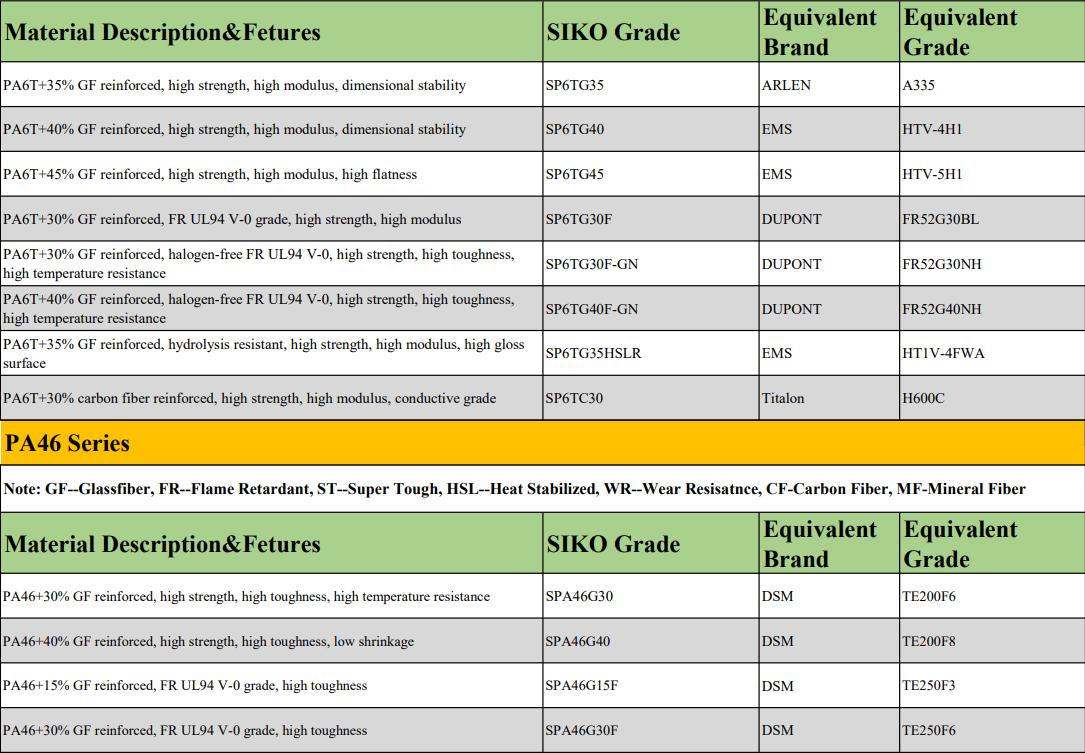The automotive fuel system is composed of a fuel storage system, a fuel injection system, and a fuel supply pipeline system. Since the beginning of using plastic to produce fuel system components, this has become the mainstream way. Due to the light weight of the plastic, it can meet the requirements of lightweight automotives, and can also reduce the cost. In addition, the plastic itself has excellent corrosion resistance, which greatly improves the corrosion resistance of the parts. Molding can improve the easy assembly performance of the parts.
Car Fuel System
1. Fuel cap
The cover of the fuel injection port of the car is the fuel cover. This part requires the material to have good impact resistance and is not easy to be damaged during daily switching and falling. The sealing performance of the part is also better, which is related to the sealing performance of the sealing gasket and the flexibility of the material itself.
The current mainstream structural design is that the upper part of the fuel cap is made of toughened and modified PA6 and PA66, and the middle part is made of nylon 11 or nylon 12 with excellent oil resistance, but polyoxymethylene (POM) is basically used to reduce costs, can meet the requirements
2. Fuel shut-off valve
The valve installed to prevent the fuel from leaking becomes the fuel shut-off valve. Since the fuel shut-off valve needs to be baked at 100°C after the anti-corrosion coating is applied, the material for making this part must be resistant to a temperature of 130°C.
At present, the most commonly used material for this part is PA6+GF material. At present, about 70% of mainstream models use PA6 modified material for valve bodies, and about 10% use PA66 material for production. For some of the higher-end models, the remaining 20% of the models are produced using glass fiber reinforced PBT that is lower.
3. Fuel tank
In order to achieve lightweight and streamlined vehicle design, plastic fuel tank PFT has been widely used around the world. The factors of location and size make the appearance of car models more and more varied and diverse.
The design of the multi-layer fuel tank adopts the concept of combining different functional layers of different resins with FAW, which minimizes the cost while meeting the permeability requirements. PA6 material is often used as a barrier layer in multi-layer fuel tanks due to its excellent resistance to fuel permeation.
4. Fuel pipe or fuel hose
The fuel pipe must be resistant to fuel erosion, have good barrier properties to meet the requirements of transmittance, and be resistant to temperatures from minus 40°C to 80°C, with good fatigue resistance, flexibility and weather resistance.
Under the trend of lowering cost and energy consumption of automotives, a plastic pipe solution with lower assembly cost and meeting the above conditions has appeared. The plastic pipe is a single-layer pipe made of PA11 material. With the global automotive production increasing year by year, PA11 materials can no longer meet the needs, so PA12, PA1010, PA1012, PA612, PA1212 and other products have been developed and industrialized for the production of single-layer tubing.
5. Quick Connector
This part requires high oil resistance and dimensional stability of the material, so the quick connector made of PA12 has been popularized in application.
6. Fuel rails
The fuel rail is the main component of the current multi-point electronic injection method and electronically controlled fuel injection device. The requirements for materials are mainly oil resistance, heat resistance, temperature insulation, good sealing, pressure resistance and impact resistance. It is mainly produced using PA66+GF.
7. Canister
The canister is a fuel gas adsorption device, which absorbs the gas volatilized from the fuel from the fuel tank. It is usually composed of activated carbon, a nylon non-woven filter and a PA66 cover. The part needs to be resistant to impact, heat and vibration and is currently produced using toughened modified PA6 or PA 66.
8. Fuel injectors
The fuel injector is an electronically controlled injection device that injects fuel from the inlet near the cylinder head at regular intervals. The material of the main body is PA66+GF. Among them, the coil frame of the electromagnet needs to use heat-resistant glass fiber reinforced nylon products, which are usually PA6T, PA9T, and PA46.
SIKOPOLYMERS’ Main grades of PPS and their equivalent brand and grade, as following:
Post time: 08-08-22


